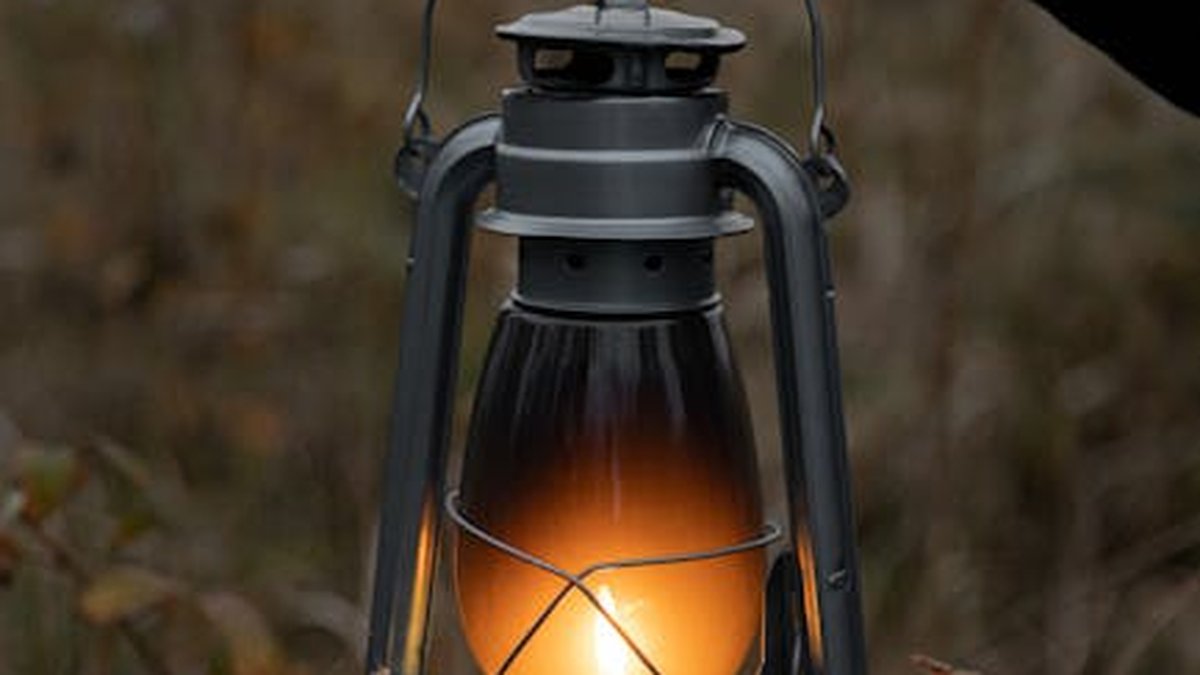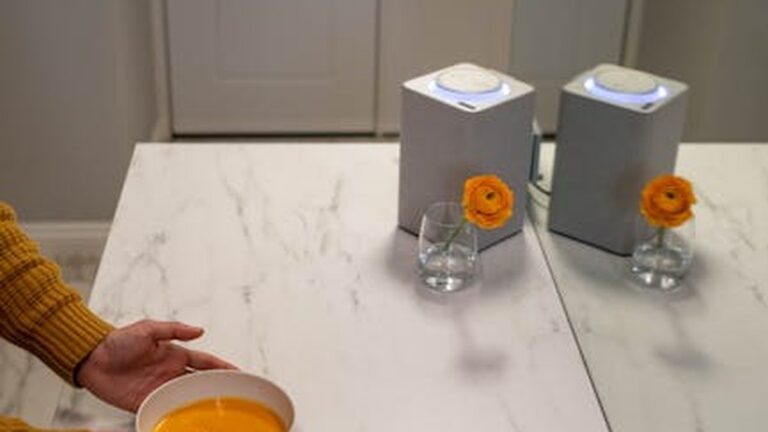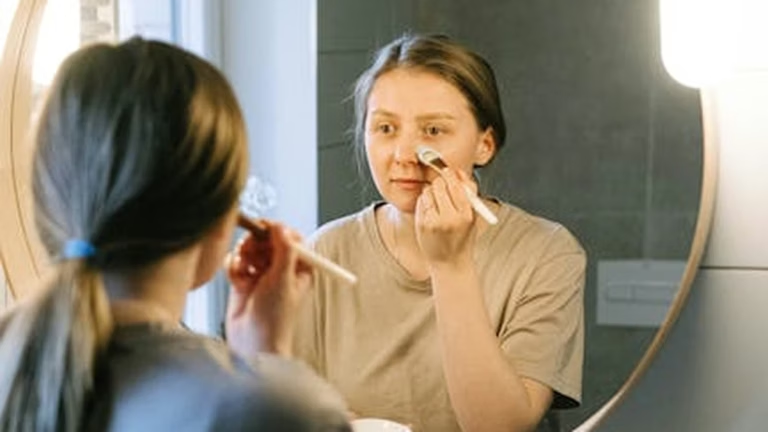Seasonal Affective Disorder (SAD) Survival Kit: Light Therapy & Mood-Boosting Strategies for Autumn
Autumn’s arrival, with its cozy sweaters and pumpkin spice lattes, isn’t always a joyous occasion for everyone. For some, the shorter days and reduced sunlight trigger a condition known as Seasonal Affective Disorder (SAD). SAD, a type of depression related to changes in seasons, can leave you feeling down, fatigued, and unmotivated. But don’t despair! This guide provides a comprehensive survival kit filled with effective strategies, including light therapy and other mood-boosting techniques, to help you navigate the autumn months and reclaim your well-being.
Understanding Seasonal Affective Disorder (SAD)
SAD is more than just feeling a bit gloomy during the fall and winter. It’s a recurring pattern of depression that typically begins in the fall and continues through the winter months, subsiding in the spring and summer. Symptoms can range from mild to severe and can significantly impact your daily life.
Common Symptoms of SAD
- Persistent sadness or low mood
- Loss of interest or pleasure in activities you once enjoyed
- Changes in appetite or weight (often craving carbohydrates)
- Fatigue and low energy
- Difficulty concentrating
- Feelings of hopelessness, worthlessness, or guilt
- Changes in sleep patterns (often oversleeping)
- Irritability
- Social withdrawal
Why Does SAD Happen?
While the exact cause of SAD isn’t fully understood, it’s believed to be linked to reduced sunlight exposure during the fall and winter. This reduction can disrupt your body’s internal clock (circadian rhythm), affecting hormone levels like melatonin (which regulates sleep) and serotonin (which affects mood).
Light Therapy: Your Sunshine Substitute
Light therapy is a cornerstone treatment for SAD. It involves sitting near a special light box that emits bright, artificial light, mimicking natural sunlight. This light helps regulate your circadian rhythm and boost serotonin levels, alleviating SAD symptoms.
How to Use a Light Therapy Box
- Choose the right light box: Look for a light box that emits 10,000 lux of light and filters out harmful UV rays.
- Time it right: Most experts recommend using a light box first thing in the morning for about 20-30 minutes.
- Positioning is key: Place the light box about 12-24 inches away from your face, angled slightly to the side. You don’t need to stare directly at the light.
- Consistency is crucial: Use the light box daily, even on sunny days, for optimal results.
Important Note: Consult with your doctor before starting light therapy, especially if you have any eye conditions or are taking medications that increase sensitivity to light.
Mood-Boosting Strategies Beyond Light Therapy
While light therapy is highly effective, combining it with other mood-boosting strategies can significantly enhance your well-being during the autumn months.
Embrace the Outdoors (Even When It’s Chilly)
Even on cloudy days, spending time outdoors can be beneficial. Natural light, even diffused light, can help regulate your circadian rhythm. Bundle up and take a brisk walk, go for a hike, or simply sit outside and enjoy the fresh air. Aim for at least 30 minutes of outdoor time each day.
Nourish Your Body with a Healthy Diet
What you eat can significantly impact your mood. Focus on a balanced diet rich in fruits, vegetables, whole grains, and lean protein. Limit processed foods, sugary drinks, and excessive caffeine. Consider incorporating foods rich in vitamin D, as low vitamin D levels have been linked to SAD. For example, fatty fish like salmon and tuna are excellent sources.
Stay Active and Exercise Regularly
Exercise is a powerful mood booster. It releases endorphins, which have mood-elevating effects. Aim for at least 30 minutes of moderate-intensity exercise most days of the week. Choose activities you enjoy, such as brisk walking, jogging, swimming, or dancing. Even simple activities like stretching or yoga can help improve your mood.
Prioritize Sleep Hygiene
Consistent sleep patterns are crucial for regulating your circadian rhythm and improving your mood. Aim for 7-9 hours of quality sleep each night. Establish a relaxing bedtime routine, such as taking a warm bath, reading a book, or listening to calming music. Avoid screen time before bed, as the blue light emitted from electronic devices can interfere with sleep.
Connect with Others and Combat Social Isolation
Social isolation can exacerbate SAD symptoms. Make an effort to connect with friends and family, even if you don’t feel like it. Join a club or group, volunteer your time, or simply reach out to a loved one for a chat. Social interaction can provide a sense of belonging and support, helping to combat feelings of loneliness and isolation.
Practice Mindfulness and Relaxation Techniques
Mindfulness and relaxation techniques, such as meditation, deep breathing exercises, and progressive muscle relaxation, can help reduce stress and improve your overall mood. Dedicate a few minutes each day to practicing these techniques. There are many free apps and online resources available to guide you.
When to Seek Professional Help
If your SAD symptoms are severe or interfering with your daily life, it’s essential to seek professional help. A doctor or therapist can provide a diagnosis and recommend appropriate treatment options, such as medication or psychotherapy.
Autumn doesn’t have to be a season of gloom. By incorporating these strategies into your daily routine, you can effectively manage SAD symptoms and embrace the beauty of the season with a brighter outlook. Remember, you’re not alone, and there are many resources available to support you. Take proactive steps to prioritize your well-being and reclaim your joy this autumn!






